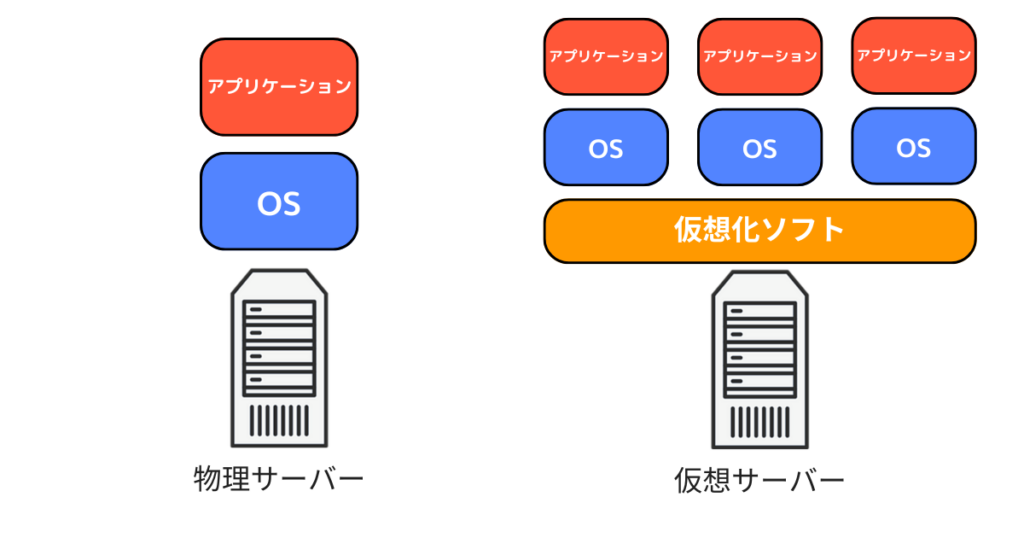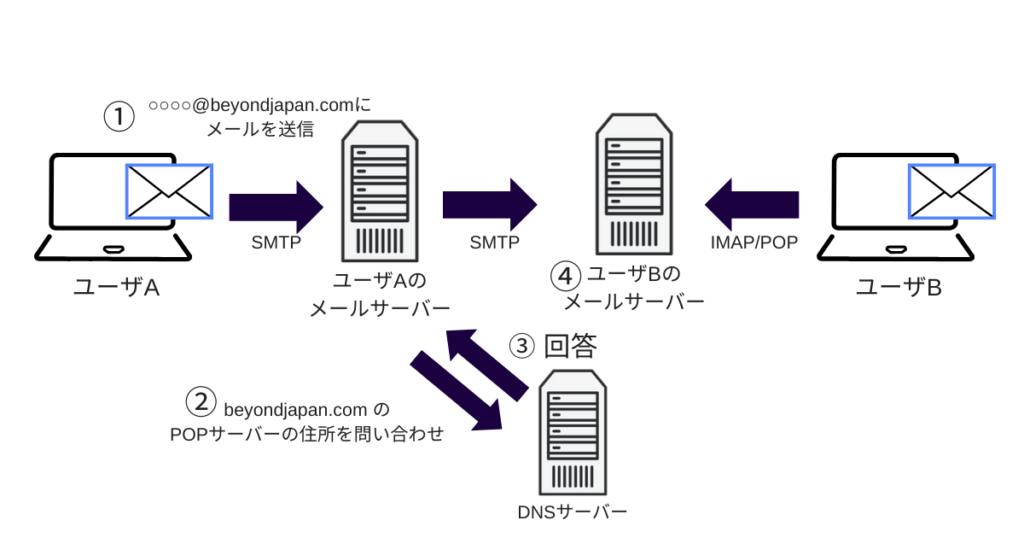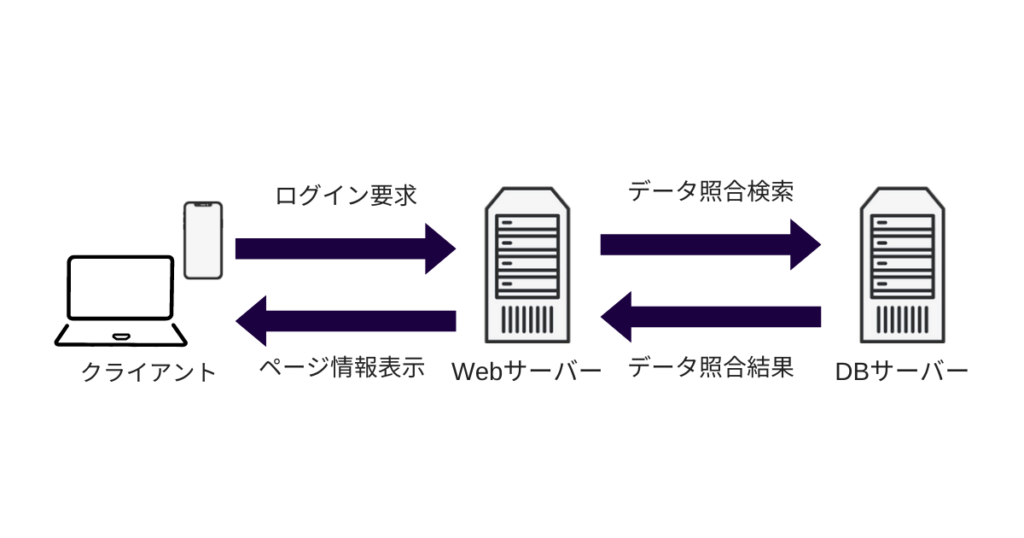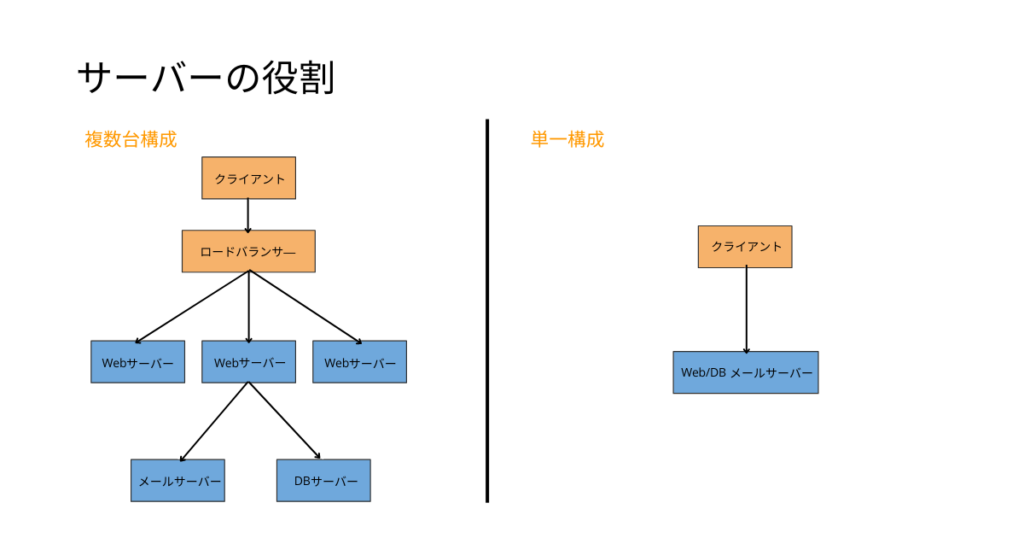[Must-see for beginners] Just watch this! Easy-to-understand explanation of server basics with illustrations

Hello.
I'm Kita from Beyond Co., Ltd. The other day, when I explained my work to a friend, he didn't understand at all and got a strange look on his face.
Servers have become indispensable for using web services these days, but
many people may feel that they are not good at them, thinking that they seem difficult or that they don't really understand them.
This time, I'll try to explain it in an easy-to-understand manner, including diagrams, so that even beginners can understand it.
What is a server?

"Server" in English literally means "provider".
A computer that receives requests from clients (users) and provides the corresponding data is called a "server."
The side that uses a service is called a "client," and
a request sent from a client to a server is called a "request."
The response from the server to the client in response to the request is called a "response."
For example, when you click on a page title using a search engine such as Google,
a page containing requested text and images will be provided from the server that stores the website's data, but the form is different from the client This is a server model
In other words, there is a computer called a server behind the site display, and the browser abstracts away complicated interactions with the server .
How the server works
Servers are computers, just like PCs and smartphones, so they are powered by parts that process information and record data.
The main parts that make up the server are:
- Motherboard: The main electronic circuit board used in electronic devices (the base of a computer)
- CPU: Central processing unit (the brain of your computer)
- Memory: Main memory (CPU work space)
- Disk (HDD/SSD): Auxiliary storage device for storing data
- Graphics card: A component that outputs images to a computer screen.
- Sound card: A component that outputs audio to a computer
- power supply
It consists of etc.
Also, on the server machine
- Tower server: A tall and deep server like a desktop computer (for small systems and individuals)
- Rack server: A server that uses multiple units stored together in a dedicated rack (shelf) (for companies)
- Blade server: A compact server that plugs into a small, elongated chassis (for medium-sized and large companies)
There are many types such as
Just like with PCs, it is important to understand that the type and specs of the server will vary depending on how it will be used
Server type

| physical server | virtual server | |
|---|---|---|
| environment | Uses one server | Build multiple servers within one server |
| cost | △ | ◯ |
| performance | ◎ | ◯ |
There are two main types of servers:
There are two main types, and the choices differ depending on the server, so let's understand the server types in advance.
physical server
A physical server refers to a single physically existing server.
There are two classifications of physical servers:
- In-house server (dedicated server)
Using one physical server within your company. Although you can freely use the OS and applications, the disadvantage is that it is expensive. - Rental server (shared server)
A physical server shared by multiple people. While costs can be reduced, there are disadvantages such as difficulty in setting freely.
virtual server
A virtual server is a technology that allows multiple operating systems to run on a single physical server, making it function as if it were multiple physical servers.
Recently, virtual servers have been actively adopted because they have the advantage of being able to use a single server efficiently and reducing operating costs.
There are two classifications of physical servers:
- VPS (Virtual Private Server)
VPS is a system where you can use your own virtual server. It costs less than a dedicated server and has more flexibility than a rental server. - Cloud (IaaS)
A technology that combines multiple servers into one virtual server. Just like with VPS, you can use your own dedicated server.
It is more flexible than VPS.
The table below shows the breakdown of each feature.
| Own server | rental server | VPS | Cloud | |
|---|---|---|---|---|
| Usage form | exclusive | shared | exclusive | exclusive |
| Fee form | Pay-as-you-go | Fixed amount | Fixed amount | Pay-as-you-go |
| Expertise when building | need | Unnecessary | need | need |
| Customizability | ◬ | × | 〇 | ◎ |
By understanding and using the features, you may be able to reduce the costs incurred during operation and construction, so please choose one that suits your purpose.
server role
Once again, I explained that a server is a computer that provides specific functions and data in response to user requests, but
since user requests vary, the name of the server changes depending on the purpose.
I want to view a website = web server

A web server is a server that receives requests from a client's web browser and sends data such as text and images to the client's web browser.
It is required to display your homepage on the web, so it is essential if you are running a website.
I want to send and receive emails = mail server

A mail server is a server that provides email sending and receiving services.
Separate servers are used for sending and receiving, and multiple servers work together.
| SMTP server | Send email |
|---|---|
| POP server | Receive emails *Unlike IMAP, emails are not saved on the server |
| IMAP server | Receive emails *Unlike POP, emails are saved on the server |
| DNS server | Verify destination |
Specifically, there are the four servers mentioned above, and each one operates to send and receive emails, so keep that in mind.
I want to store the data necessary for the site = Database server (DB)

A database server is a server that manages and provides databases.
Data such as user information and product data can be centrally managed, and data can be saved, updated, and backed up.
There are servers for various purposes.
In addition, it is possible to have one role per server, and it is also possible to have multiple roles on just one server.
Difference between multiple device configuration and single configuration (one device with multiple roles)

*Load balancer = distributes access evenly (load distribution device)
Rough advantages and disadvantages of each configuration
| Multiple unit configuration | single configuration | |
| merit |
|
|
| Demerit |
|
|
In this way, when it comes to server configuration, it is necessary to flexibly decide on the configuration while consulting with the scale of the service and budget.
summary
Up to this point, we have explained in detail the mechanisms, types, and roles of servers.
A server is a computer that receives requests from clients and provides the corresponding data.There are various types depending on the purpose, and they are an inseparable part of our lives.
We hope that this article will help you understand the basics of servers.
was created with reference to the video of
Nezumiya's Infrastructure Engineer Dojo, a channel operated by our company This is a great channel where you can learn knowledge about infrastructure from scratch, so if you are interested, please subscribe to the channel and give it a high rating!

 12
12







